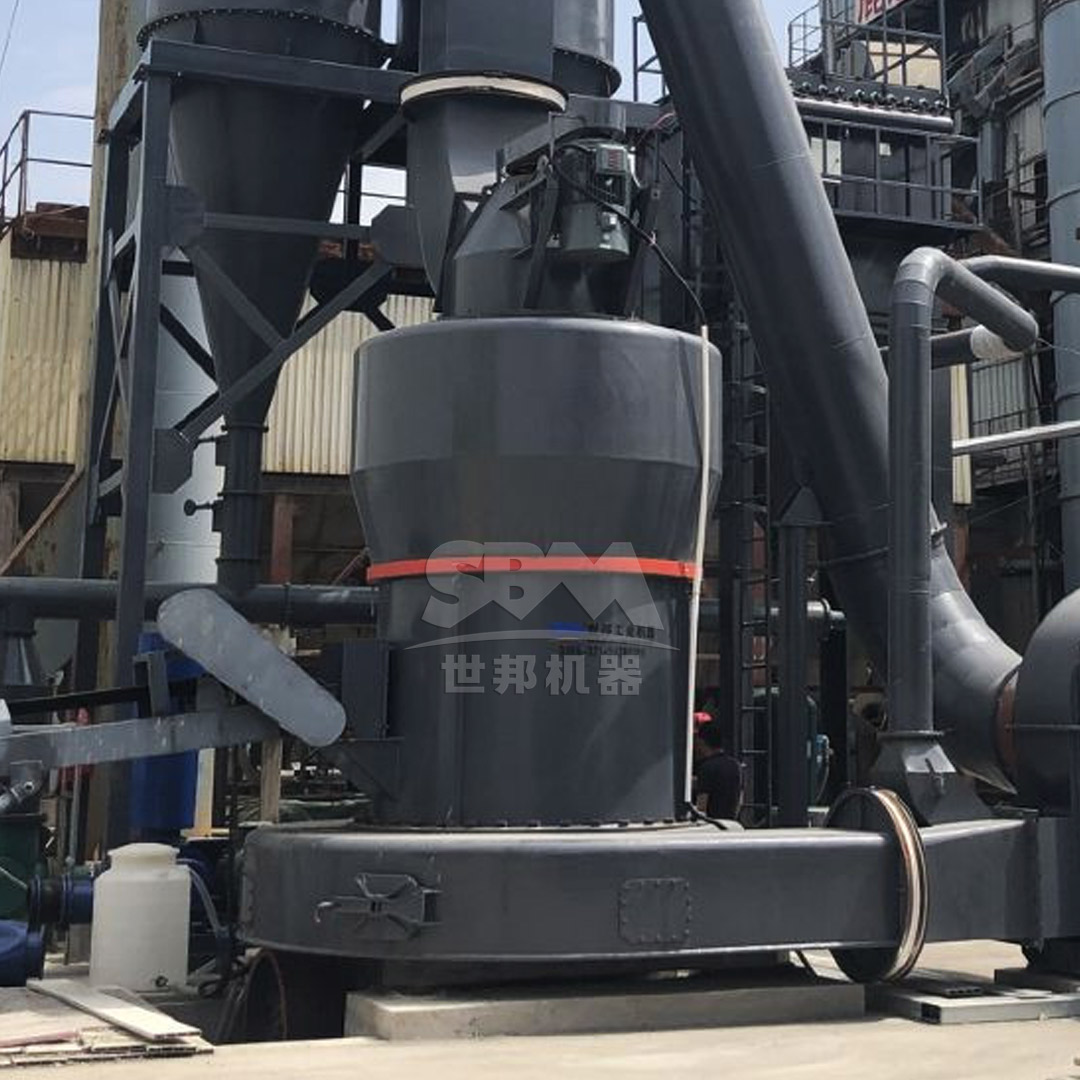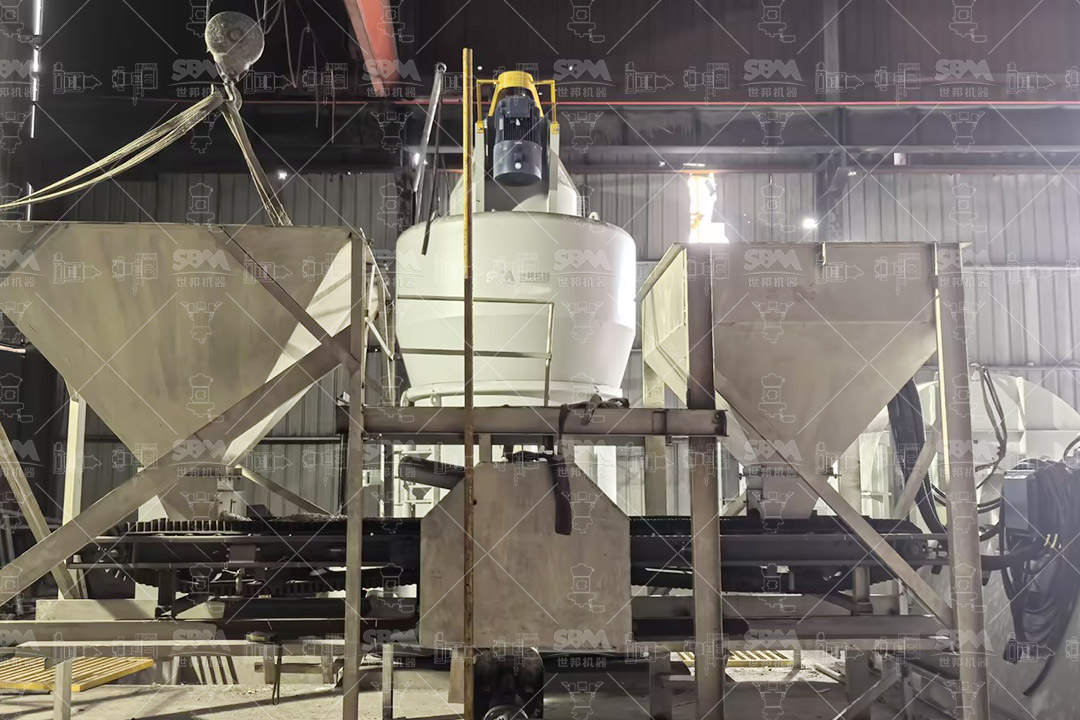In the energy-intensive process of cement manufacturing, the preparation of pulverized coal for kiln firing is a pivotal operation that directly impacts product quality, operational efficiency, and environmental compliance. The combustion efficiency of coal in the cement kiln is fundamentally dependent on the fineness and consistency of the coal powder. Optimal grinding ensures complete combustion, maximizes heat transfer, minimizes unburned carbon, and reduces harmful emissions. This guide delves into the technological considerations for selecting and operating coal grinding machinery, with a focus on achieving the precise particle size distribution required for modern, high-performance cement plants. The choice of grinding technology can influence up to 30% of the plant’s total energy consumption, making it a primary target for optimization.
Beyond mere particle size reduction, a modern coal grinding system must be reliable, energy-efficient, safe (managing fire and explosion risks), and environmentally sound. This article will explore the various types of grinding machines available, their working principles, key selection criteria, and operational best practices, providing a comprehensive resource for plant engineers and managers.
The primary objective of coal grinding in a cement plant is to transform crushed coal, typically with a top size of 20-50mm, into a fine powder with a specific surface area that promotes rapid and efficient combustion. The target fineness is often expressed as a percentage passing a 90-micron (200-mesh) sieve or as the residue on a 212-micron (70-mesh) sieve. A common specification is 10-15% residue on 90 microns. This fine powder, when injected into the kiln, creates a large surface area for combustion, leading to a stable, controllable flame and uniform clinker quality.
Key parameters governing the grinding process include:
Cement plants primarily utilize two main types of grinding systems: vertical roller mills and ball mills. Each has distinct advantages and operational characteristics.
Vertical roller mills have become the industry standard for new cement plant projects and major upgrades due to their superior energy efficiency. In a VRM, the feed material is ground between a rotating grinding table and two or more grinding rollers. The rollers are hydraulically pressed against the table, applying high pressure to the material bed. Hot gases from the kiln preheater are often introduced to dry the coal simultaneously. The ground material is carried by the gas stream to a classifier integrated at the top of the mill. Coarse particles are rejected by the classifier and fall back to the grinding table for further size reduction.

Advantages of VRMs:
Ball mills are a traditional and robust technology consisting of a horizontal rotating cylinder (or tube) partially filled with grinding media, typically steel balls. The coal is fed into one end of the mill, and the rotation of the mill causes the balls to cascade and tumble, crushing the coal through impact and attrition. The ground product is discharged either peripherally or through a central discharge diaphragm. Ball mills are often used in conjunction with an external dynamic classifier or a static separator to ensure the correct product fineness.
Advantages of Ball Mills:
Selecting the right grinding system is a complex decision based on a multi-faceted analysis. The following factors must be carefully evaluated:
| Selection Criterion | Description | Impact on Choice |
|---|---|---|
| Coal Characteristics | HGI, Moisture Content, Abrasiveness, Feed Size | Determines mill type, size, power, and wear protection requirements. |
| Required Capacity & Fineness | Tonnes per hour (TPH) and target particle size distribution (e.g., R90μm). | Primary driver for mill model selection and motor sizing. |
| Energy Consumption (kWh/t) | Specific power consumption per ton of product. | VRMs generally offer significant savings, impacting long-term operating costs. |
| Capital Investment (CAPEX) | Initial cost of equipment, installation, and civil works. | Ball mill systems may have a lower initial cost in some cases, but lifecycle cost is key. |
| Operational Costs (OPEX) | Power, maintenance, wear parts, and manpower. | VRMs typically have lower OPEX due to higher efficiency and longer wear part life. |
| Plant Space & Layout | Available footprint and height. | VRMs have a smaller footprint, advantageous for space-constrained sites. |
| Drying Requirement | Ability to handle moisture with available heat source (e.g., kiln exhaust gases). | VRMs are superior for integrated drying. |
Modern grinding machines incorporate advanced technologies to push the boundaries of efficiency, control, and reliability. For cement plants seeking to optimize their fuel preparation, the LM Series Vertical Roller Mill represents a state-of-the-art solution. This mill is specifically engineered for grinding solid fuels like coal and petroleum coke.
The LM Vertical Roller Mill features a集约化设计 (Intensive Design) that integrates crushing, grinding, drying, and classifying into a single unit, reducing the plant footprint by up to 50%. Its low running cost is a result of innovative features such as a non-contact grinding roller and grinding disc design, which triples the service life of wear parts. Furthermore, its energy consumption is 30-40% lower compared to traditional ball mill systems. The mill is equipped with an expert-level automatic control system that supports remote operation and provides real-time monitoring of all critical parameters, minimizing the need for manual intervention and ensuring consistent product quality. From an environmental standpoint, the LM mill operates under full-seal negative pressure, guaranteeing dust emissions of less than 20mg/m³ and noise levels below 80dB(A).

For applications requiring ultra-fine grinding or where space is at a premium, the SCM Series Ultrafine Mill offers an excellent alternative. While often associated with mineral processing, its technology is adaptable for specialized fuel preparation. The SCM mill achieves an exceptional output fineness of 325-2500 mesh (D97 ≤ 5μm) with high efficiency and low energy consumption. Its intelligent control system provides automatic feedback on product size, ensuring precise control over the final product. The mill’s durable design, utilizing special material rollers and rings, extends service life significantly. Its环保低噪 (Environmental and Low Noise) design, with a high-efficiency pulse dust collector and soundproof housing (noise ≤75dB), makes it a responsible choice for any industrial setting.
Optimal operation of a coal grinding plant is paramount for safety and efficiency. Key practices include:
 <\/p>\n
<\/p>\n
The selection and operation of a coal grinding machine are critical decisions that reverberate throughout the entire cement production process. While both Vertical Roller Mills and Ball Mills have their place in the industry, the clear trend is toward VRMs due to their unmatched energy efficiency, compact design, and superior drying capabilities. Technologies like the LM Vertical Roller Mill<\/strong> and the SCM Ultrafine Mill<\/strong> from our portfolio exemplify the advancements in this field, offering cement plant operators reliable, economical, and environmentally compliant solutions. By carefully considering the coal properties, plant requirements, and total cost of ownership, and by adhering to strict operational and safety protocols, cement producers can ensure their fuel preparation circuit becomes a cornerstone of a profitable and sustainable operation.<\/p>